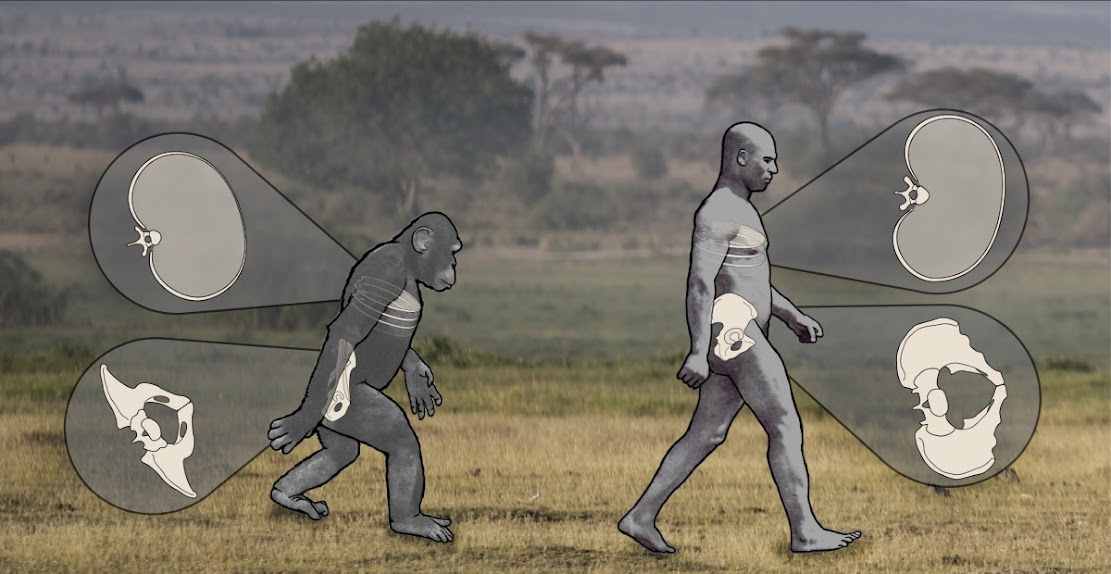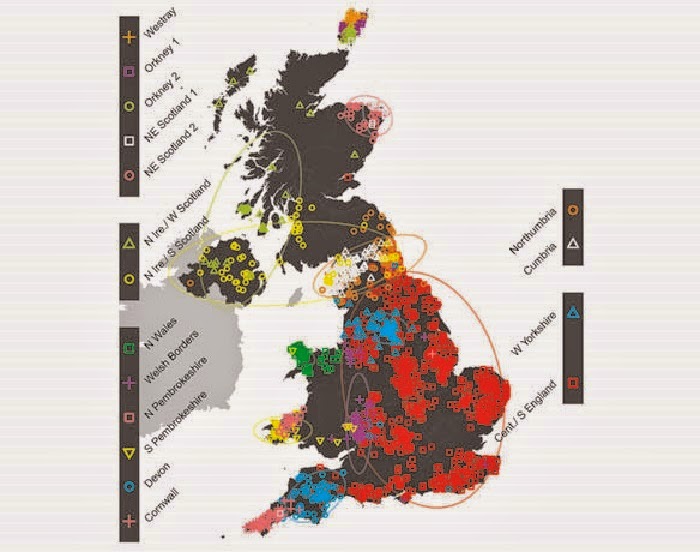The Great London:
Anthropology
Breaking News: Neanderthals killed off by diseases from modern humans, claims study

Chanel Islands: Jersey was a must-see tourist destination for Neanderthals for over 100,000 years

Forensics: Five things you can learn from a Roman skeleton

Human Evolution: Monkeys are seen making stone flakes so humans are 'not unique' after all

Indigenous Cultures: First estimate of Pygmy population in Central Africa reveals their plight

Genetics: Obesity in humans linked to fat gene in prehistoric apes

Forensics: Intricate animal and flower tattoos found on Egyptian mummy

Genetics: Scientists sequence ancient British 'gladiator' genomes from Roman York

Genetics: DNA analysis reveals Roman London was a multi-ethnic melting pot

Forensics: Slavery carried bilharzia parasites from West Africa to the Caribbean

Indigenous Cultures: Brazil land grab threatens isolated tribes: activists

Early Humans: Modern humans out of Africa sooner than thought

Forensics: Palaeolithic remains show cannibalistic habits of human ancestors

Breaking News: Complex genetic ancestry of Americans uncovered

Forensics: New research to shed fresh light on the impact of industrialisation

Genetics: Genes for nose shape found

Genetics: First fine-scale genetic map of the British Isles

Indigenous Cultures: Unique social structure of hunter-gatherers explained

Europe: Skeletal marker of physiological stress might indicate good, rather than poor, health

UK: 750-year-old skeletons will give picture of medieval Aberdeen
